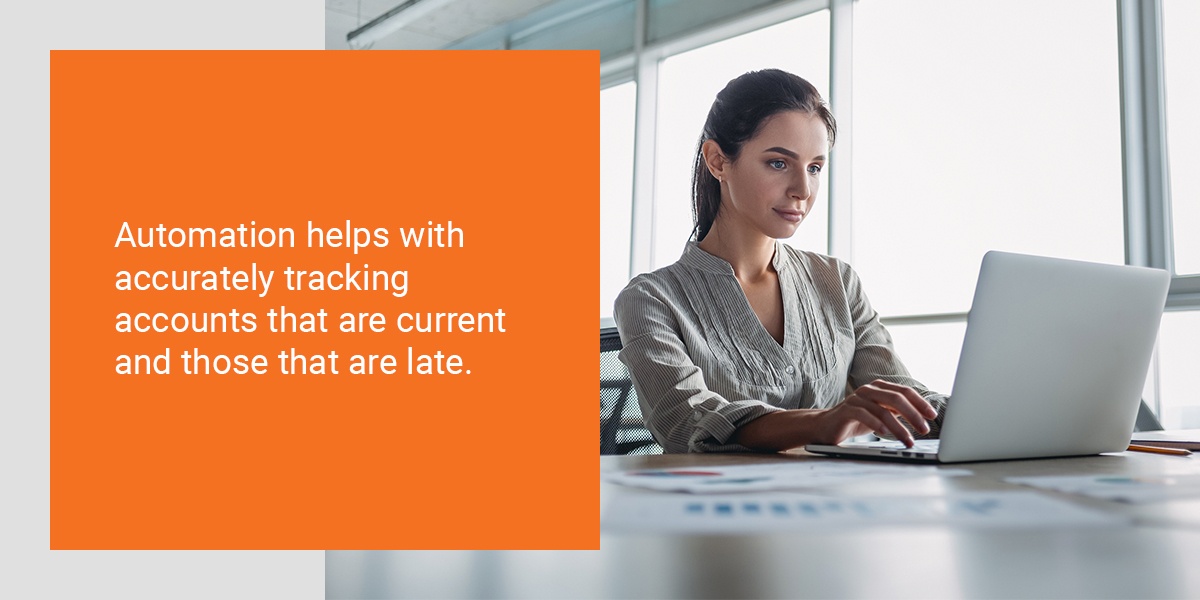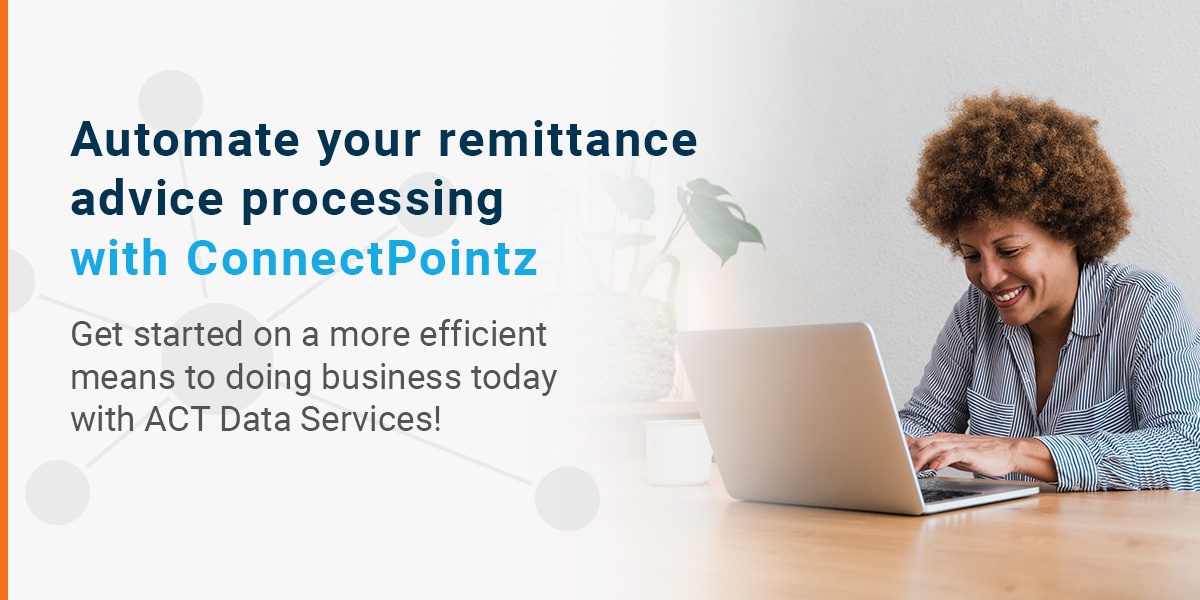
Businesses know that keeping track of customer accounts is crucial to maintaining productive relationships with their clients. Not only does this help simplify the record-keeping of all transactions, but it also helps to ensure that all payments for goods and services have been received. Considered to be one of the best courtesy practices between suppliers and clients, remittance advice provides transparency and clarity for everyone involved. There are times that queries may arise regarding how much is owed versus how much was paid. These queries can be answered quickly and efficiently with the use of remittance advice documents.
What is remittance advice?
Remittance refers to money transfers that are sent as payment to a second party. Remittance advice is a document that is sent from a client to a business informing them of proof of payment. Much like receipts received at a register, they include specific information to help accurately manage the accounts of each customer. The information from remittance advice slips is used to show the amount and status of invoices that have been paid along with account credits that may be available. Customers generally send remittance advice documents to companies along with their payments.
While it is not an obligation to provide remittance advice, they are considered a great act of courtesy from the client, saving companies time by maintaining open communication. It also helps protect the customer by keeping their account records accurate and up to date. A lot of businesses provide their customers with remittance advice sections on their invoices for customers to fill in with their information and then return.
What information should remittance advice include?
There are key points of information that a customer should always send with a remittance advice. To provide the most accurate data, solid remittance advice documents should always include the following:
- The name and contact information of the payer (the customer)
- The name and contact information of the payee (the business)
- The method of payment (credit card, check, etc.)
- The exact payment date
- The payment amount
- The invoice date and number
- The amount paid by the invoice number
- Any amount of credit issued with matching credit numbers
- An email address if the remittance is sent via email
- The date when the remittance was sent as well as the date payment can be expected to be completed.
All of this information will be used by the business to maintain proper customer accounts and used as references for any questions or concerns either the customer or business may have regarding amounts paid and remaining balances.
What are the different types of remittance advice?
Remittance advice can be submitted in a variety of ways, all depending on the preference of the customer and the method of payment for goods and services.
Electronic remittance advice

Since online transactions have risen in popularity over the years, the need for remittance advice has reduced. This is because online transactions are already easily documented in electronic systems of businesses immediately upon receipt of electronic payment.
It is also common for electronic payments made by customers to be followed by electronic receipts sent from the business to the customer to provide them with proof of payment. These are usually received via email and often provide important transaction details such as a confirmation number, the business name, the customer's name and address, method of payment, and payment amount. Customers may of course still send remittance advice via email to businesses to help ensure that they received the information.
Remittance advice letter
Remittance advice letters can be sent by regular post mailing. This is a common method for submitting remittance advice if a customer is paying with a paper check. Remittance advice in this form is exactly as it sounds: it is a formal letter notifying the business of all information regarding the goods and services rendered, any identifying information to connect the customer to their personal account, and time of payment. The letter is then sent along with the check to the business.
Remittance advice slips
Some businesses have taken to providing customers with their own templates for remittance advice, which they include with their sent invoices. These slips are generally simple for the customer to use. Customers fill in the requested information that is necessary to identifying and matching the customer with their business account. They then return the remittance slips to the business in the mail.
When businesses receive physical remittance letters or slips, the business employees responsible for receiving the information should take great care and pay attention to detail. They should immediately compare the amount of payment provided with the remittance advice to the amount that was requested on the invoice. All information should be properly recorded in customer accounts.
Scannable remittance advice
Businesses that have invested in more high-tech methods of tracking payments, such as using systems that scan remittance advice into computer systems, have an advantage because of that data being electronically recorded for them. Scannable remittance advice slips help make the process move a lot faster as dozens of invoice numbers can be connected to a single account.
How do companies produce remittance advice for customers?
Businesses have access to a range of software programs that help them generate remittance advice for customer use. A lot of accounting software already provides the functionality of producing remittance advice documents. However, third-party add-on programs can also be implemented if so desired. Microsoft Word, Microsoft Excel, Google Docs, Google Sheets and Google Forms are all software available to use for customizing and printing paper remittance advice.
Electronic remittance advice is an optimal way to help speed along the process. It enables businesses to quickly and efficiently create remittance advice for customers quickly and show the real-time receipt of payment. It also aids in the process of missing out on payments. Just because a customer attempted to make the payment does not mean the payment was actually received. Electronic automation helps with losses in such instances. Additionally, the cost of using and maintaining electronic-based systems is significantly lower than other means.
What is the best method to send remittance advice?

As some remittance advice is done on paper, traditional mail is not uncommon. However, this method of receiving remittance advice does take time. Not only do businesses have to hope that the customer actually sends the information back to the company, but they also need to wait for it to arrive in the mail. There is also the chance of paper remittance advice, and the payment itself, getting lost amongst the shuffle of physical mail as it makes its way from the customer to the business location.
A better way of sending remittance advice is electronically, although it does not come without some potential complications. When customers send electronic remittance advice, it is important that they are emailing it to the correct email address. Without the proper email, the remittance advice can get lost in the void. It could also get lost amongst the general company email inbox instead of ending up in the email of the correct department for managing such information.
Automating remittance advice
Due to the ease and efficiency of electronic remittance advice, more and more companies are getting on board with automating their remittance advice processing. While many businesses have departments that manually handle accounts receivable, there is still plenty of room for costly errors. Switching over to automated remittance processing comes with a lot of advantages that are difficult to refuse.
From greatly reducing the risks of human error to keeping records as current and accurate as possible, automating remittance advice processing can make a huge positive impact on business functionality.
It maximizes payment accuracy
Even the most intelligent human can make mistakes. That is why automation programs are much more efficient when it comes to calculating accurate remittance advice. Computer programs are much less likely to incorrectly match remittances to their accounts. Furthermore, number switches or incorrect data entry are also eliminated. Not only will automation help assure businesses that they are not losing money, but it will also help ensure the customers are not overpaying for the goods and services they requested.
It reduces the amount of paperwork
Paper receipts can be difficult to store. As it is highly recommended that businesses keep all invoices for several years for tax purposes, it can be costly to find ways to store them safely and securely. An automated database allows businesses to log and keep track of account records for years and years without worrying about the risks of the information being damaged or getting lost. It is also a plus that mountains of records can be kept within a single computer system for easy access.
Automated processing also provides a clear and more concise overview of invoice monitoring. Whereas manual data entry can make it difficult to have a solid understanding of a business's "big picture" regarding accounts receivable, automated processing can maximize efficiency. Businesses can receive alerts if there are any accounts with late payments or even identify errors that may have been made on accounts.
It helps regulate cash flow

Manual tracking of remittance advice is time-consuming and often times overwhelming. For small businesses, it may not be that difficult, but for large companies, it can be disadvantageous. Too many invoices can lead to overlooking accounts that are past due on their payments. This means that the company steadily loses money from lack of reconciliation. Automation helps with accurately tracking accounts that are current and those that are late. This allows businesses to take action right away to prevent further losses.
This instant tracking also helps with reducing invoice cycling times. It is difficult for a customer to pay as quickly as possible if it takes them forever to receive an invoice. On average, it takes companies approximately 16 days to process a single invoice, which is quite some time. Automatically processing remittance advice shows that payment has been made and will be received soon, allowing new invoices to be distributed in a timely manner.
Not only does this speed up cycle times, but automated remittance advice processing allows customers to take advantage of pay-early discounts that many companies could benefit from implementing. Companies that utilize automated processing and are free to offer early pay discounts generally engage 75 percent of customers.
It allows employees to be put to better use
Businesses rely on their employees and their efficiency. If a large number of employees are spending countless hours shuffling through paper remittance advice and invoices, are they really being used to their fullest potential? Probably not. It is estimated that companies without automated remittance processing uses roughly 84 percent of staff time manually processing information.
Switching to an automated remittance advice process frees valuable employee time by taking care of the rigorous task of tracking paper data. This means that they can be assigned to more profitable tasks for the company, such as customer relations and focusing on promoting the brand.
It helps to decrease the number of Days Sales Outstanding
Even the fastest employees can get bogged down with overwhelming amounts of remittance advice and invoices. Just because a remittance advice has physically made it to the business location, that does not mean the information will be recorded the same day. The beauty of automated remittance payments is that the information is processed immediately. All invoices and payments are reconciled, which helps keep the business's net income numbers at its most accurate.
As DSOs are typically evaluated on a monthly, quarterly, or annual basis, accuracy is key to determining the overall success of the business. Keeping this information as current and accurate as possible allows businesses to manage current budgets as well as determine future budgets.
It contributes to positive customer satisfaction
When customers are experiencing top-notch service from a company in any aspect, it is ideal for maintaining their business. When mistakes are greatly reduced or even eliminated, their accounts can be easily referenced, and they have access to early discount offers, positive relationships between customers and businesses can be maintained. Satisfied customers leads to a solid and invaluable reputation for good business practices, which can make or break the success of any business.
Such positive feedback can allow businesses to grow exponentially simply because of switching to a more efficient method of processing remittance advice.
Automate your remittance advice processing with ConnectPointz
For over 30 years, ACT Data Services, the developer of ConnectPointz, has been providing businesses with methods of automating their systems to maximize functionality and efficiency. We are are leading EDI service bureau connecting thousands of clients to state-of-the-art technology to help transition their manual processing to automated versions. When you trust in us, you receive only the most current technologies and support from our dedicated and experienced development staff.
Our systems fit every business's unique requirements, including those of warehouse management, sales channel partnerships, and monitoring supply chains. If you are ready to improve your business processing methods, contact us today. Our qualified professionals will be happy to answer any questions you may have and connect you with technologies that will best suit your business needs. Get started on a more efficient means to doing business today with ACT Data Services!










































